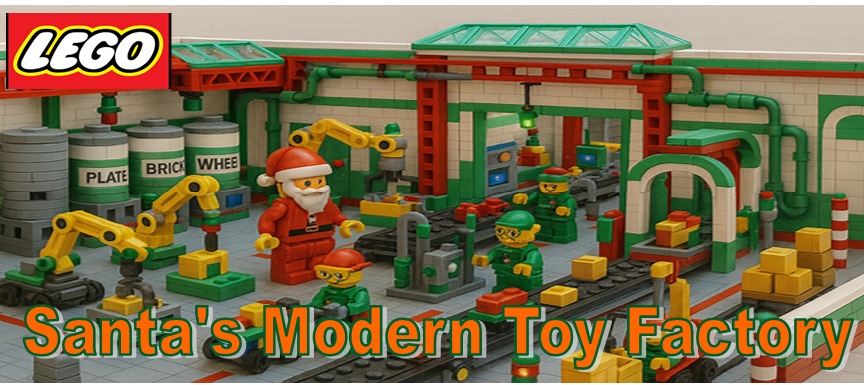
Santa’s Modern Toy Factory
Lego Fan Plans • Conveyor lines • Wrapping station • Loading dock • Festive palette • Interior play features

Lego Fan Plans • Conveyor lines • Wrapping station • Loading dock • Festive palette • Interior play features
Lego Fan Plans
REAL-BUILD MODE: Legal Techniques • Stable • Sourceable Parts
Lego Fan Plans
REAL-BUILD MODE: Legal Techniques • Stable • Sourceable Parts
Lego Fan Plans
REAL-BUILD MODE Made With Legal Techniques
REAL-BUILD MODE With Legal Techniques
Real-Build Mode • Menus on top (2×6) • Four prompt boxes on bottom (2 columns).
Notes: beach head • landing craft with tanks • sea wall with bunkers & MG nests • green US uniforms & gray German uniforms • supply depot • highly detailed
Yes. Here’s the complete playbook to sell digital instructions, parts packs, and custom commissions — with on-page SEO that ranks and converts.
Article on posts; Product on instruction pages; HowTo on tutorials.| Product Type | Ideal Price | Platform | Typical Margin |
|---|---|---|---|
| PDF Instructions (≤100 pcs) | $3–$7 | Payhip / Rebrickable / Etsy | 90–95% |
| Printed Guide + Parts Pack | $12–$25 | Etsy / Shopify | 60–70% |
| Custom Diorama Commission | $75–$250 | Direct / Portfolio | 80%+ |
Follow the 3-step path: learn a technique → package instructions → publish a product page.
Simple habits, hidden shortcuts, and veteran tricks to make your Mini-MODs look like they belong in a LEGO designer’s showcase.
The best builders don’t think about the number of pieces; they think about the story per stud. Every 4×4 area should earn its space. If it doesn’t tell part of your story, pull it and simplify.
Forget perfect sorting bins. Keep a “speed tray” of versatile elements—brackets, jumpers, clips, bars, and 1×2 plates. These are the Swiss Army parts of Mini-MODs. A 10-minute pre-sort before building pays dividends in creativity.
New builders tend to decorate first, then fix structure later. Pros flip that. Start every build by locking sub-assemblies with perpendicular connections, even if it’s ugly for a few minutes. Once solid, you can skin it with details.
Don’t color by availability—color by intent. Use the H+S+N+A rule (Hero + Support + Neutrals + Accent) from the previous class. Build in grayscale first, then add color last; this forces your design to read by form and contrast, not hue.
Presentation sells your build. Even the simplest MOD looks professional with clean lighting and background separation.
Don’t stop when the MOD is “done.” Rebuild it with one self-imposed restriction: fewer parts, new palette, or different angle. This is where you move from casual builder to designer.
Apply these trade secrets to your next Mini-MOD challenge—then share your before/after photos for community feedback. Every iteration sharpens your design instincts.
Return to MOD U Home